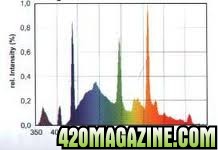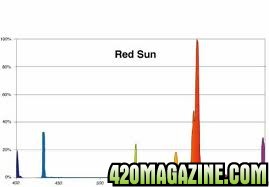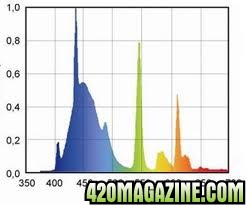Hi All,
These questions may very well be filed under 'dumb questions', but I have to ask them.
I grow mother plants to clone from. The goal is to be able to cut as many clones per month off of each mother plant. I currently use 1000w HPS over the moms. It has worked well.
I have also kept a bunch of moms in a greenhouse, but we're getting very close to the flowering stage outdoors and I'll need to move them inside soon so I'm re-configuring the indoor rooms to accommodate them.
The only reason I have HPS currently is because when I started out I planned to flower. That is no longer the case, but I haven't felt a need to run out and switch everything to MH without a compelling reason.
Now to the questions:
Does MH at the same wattage outperform HPS in that I'll get more clones per month by switching?
Would jumping down to 600w MH slow my current growth rate?
The 1000w HPS lights are up, just not turned on. I need to do absolutely nothing except plug them into the timers when the moms come inside, but would like to make the switch to either MH or 600w while I still have the space to work in there if indeed making a switch would help me.
Thanks for any advice I can get.
AcesFull............
These questions may very well be filed under 'dumb questions', but I have to ask them.
I grow mother plants to clone from. The goal is to be able to cut as many clones per month off of each mother plant. I currently use 1000w HPS over the moms. It has worked well.
I have also kept a bunch of moms in a greenhouse, but we're getting very close to the flowering stage outdoors and I'll need to move them inside soon so I'm re-configuring the indoor rooms to accommodate them.
The only reason I have HPS currently is because when I started out I planned to flower. That is no longer the case, but I haven't felt a need to run out and switch everything to MH without a compelling reason.
Now to the questions:
Does MH at the same wattage outperform HPS in that I'll get more clones per month by switching?
Would jumping down to 600w MH slow my current growth rate?
The 1000w HPS lights are up, just not turned on. I need to do absolutely nothing except plug them into the timers when the moms come inside, but would like to make the switch to either MH or 600w while I still have the space to work in there if indeed making a switch would help me.
Thanks for any advice I can get.
AcesFull............








 . Maybe 3' for the higher-output types. I don't think I'd want to try growing SPS corals at 3' with T5s though. For some applications, many agree that "nothing beats the penetration of a MH." Although the reefer with a large budget often goes with a couple of 400-watt MH and some VHO or overdriven T5s in combination.
. Maybe 3' for the higher-output types. I don't think I'd want to try growing SPS corals at 3' with T5s though. For some applications, many agree that "nothing beats the penetration of a MH." Although the reefer with a large budget often goes with a couple of 400-watt MH and some VHO or overdriven T5s in combination.